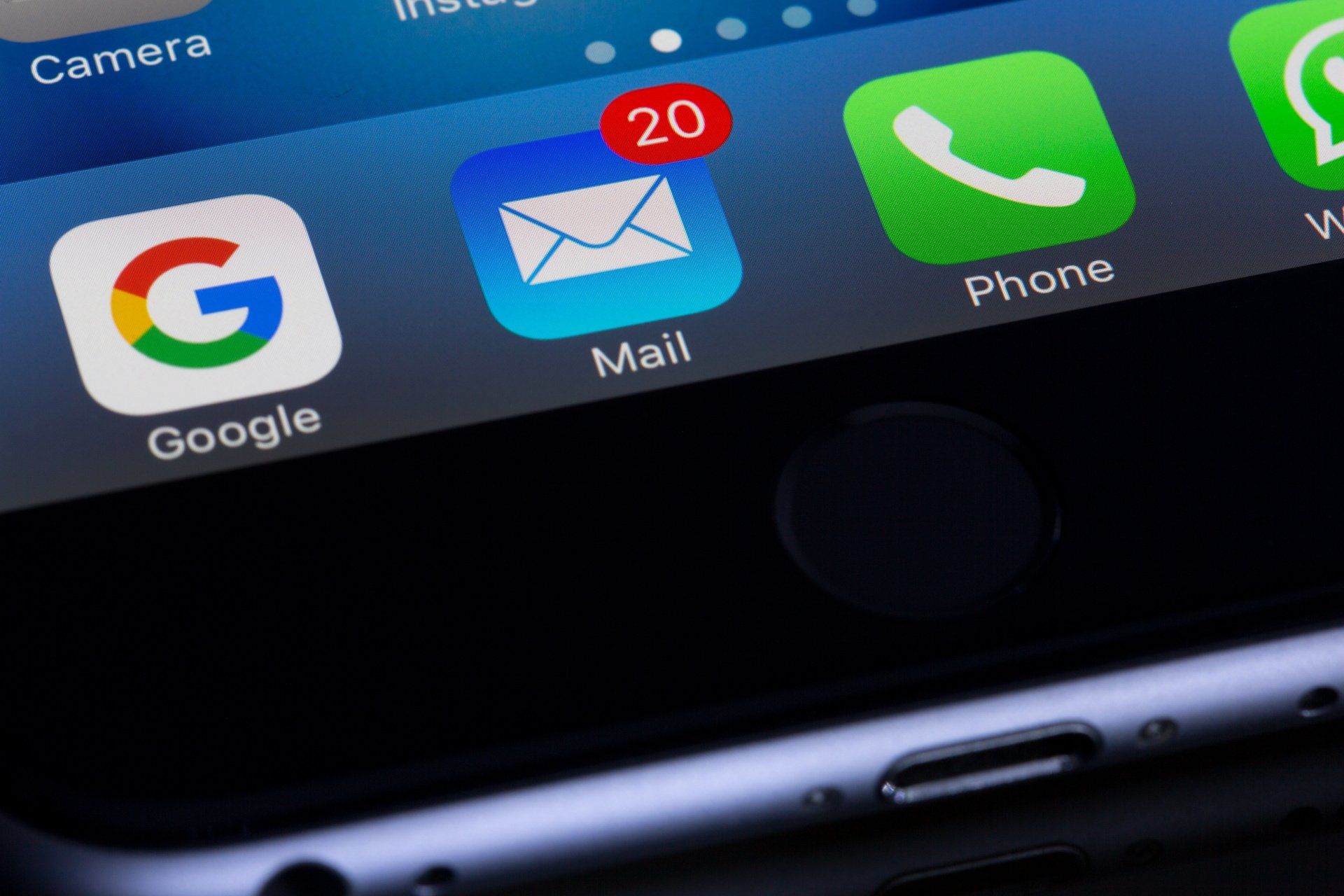5 Ways to Improve Your Email Newsletter
Email newsletters are a powerful tool for businesses and organizations to engage with their audience, build brand loyalty, and drive conversions. However, creating an effective email newsletter that stands out in a crowded inbox can be challenging. To help you maximize the impact of your email newsletters, we have compiled five essential strategies that will improve your newsletter’s effectiveness and make it a valuable communication channel for your audience.
Craft Compelling Subject Lines
The subject line is the first thing your subscribers see when they receive your email newsletter. It’s crucial to make it compelling enough to entice them to open the email and read further. To craft attention-grabbing subject lines, consider the following tips:
- Keep it concise: Your subject line should be straightforward and to the point. Aim for a maximum of 50 characters to ensure it displays correctly across different devices and email clients.
- Personalize when possible: Personalization helps create a sense of individual connection. Incorporate your subscribers’ names or locations to make them feel valued.
- Use action-oriented language: Incorporate action verbs or phrases that inspire curiosity or urgency, encouraging readers to take immediate action.
Segment Your Subscribers
Segmentation is the key to delivering targeted and relevant content to your subscribers. By dividing your email list into different segments based on demographics, behavior, or preferences, you can tailor your email newsletters to each group’s specific needs. This approach ensures subscribers receive content that resonates with them, increasing engagement and conversions.
Consider segmenting your subscribers based on factors such as:
- Demographics: Age, gender, location, and profession can provide valuable insights into the interests and preferences of your audience.
- Purchase history: Tailor your newsletters to customers who have made previous purchases, offering them personalized product recommendations or exclusive offers.
- Engagement level: Divide your subscribers based on their level of engagement, such as active, dormant, or new subscribers. This allows you to send re-engagement campaigns to inactive subscribers or welcome emails to new ones.

Provide Valuable and Engaging Content
The success of your email newsletter hinges on the content you deliver. Make sure your newsletters provide value to your subscribers and keep them engaged. Consider the following content ideas:
- Educational articles: Share informative and actionable content that helps your audience solve a problem or learn something new. Position yourself as an expert in your industry by providing valuable insights.
- Exclusive offers and promotions: Reward your subscribers’ loyalty by offering exclusive discounts, promotions, or early access to new products or services. This not only drives conversions but also makes subscribers feel special.
- User-generated content: Feature your newsletters’ user stories, testimonials, or reviews. This not only adds social proof but also encourages engagement and community participation.
Optimize for Mobile Devices
With the increasing use of smartphones and tablets, ensuring your email newsletters are mobile-friendly is vital. A significant portion of your audience will be accessing their emails on mobile devices, and a poorly optimized newsletter can result in a frustrating user experience and reduced engagement. Here are some tips for mobile optimization:
- Use a responsive design: Opt for a responsive email template that adjusts seamlessly to different screen sizes, ensuring your newsletter looks great on desktop and mobile devices.
- Simplify the layout: Keep the design clean and uncluttered with concise and scannable content. Use larger fonts and buttons to accommodate touchscreens.
- Test before sending: Always test your newsletter on different devices and email clients to ensure it displays correctly and functions as intended.
Monitor and Analyze Performance
Monitoring your email newsletters’ performance and gathering insights through analytics is crucial to improve your newsletters continually. Pay attention to metrics such as open rates, click-through rates, and conversion rates to assess the effectiveness of your campaigns. Additionally, track subscriber behavior, such as the content type they engage with, to refine your targeting and content strategy. Use an email marketing platform that provides detailed analytics and reporting to gain valuable insights into your newsletter’s performance.
By implementing these five strategies, you can significantly improve the effectiveness of your email newsletters. Crafting compelling subject lines, segmenting your subscribers, providing valuable content, optimizing for mobile devices, and monitoring performance will help you create newsletters that stand out, engage your audience, and drive meaningful results. Remember, newsletters are a powerful communication tool, so invest time and effort into making them impactful and relevant to your subscribers.

Educational Content
Educating your audience is a great way to position your brand as an authority in your industry. Consider creating educational content, such as blog posts, infographics, or videos, that provide valuable information to your audience.
Social media can be a powerful tool for small businesses to engage with customers and promote their brands. By leveraging these social media content ideas, you can create engaging and exciting content that resonates with your audience and drives results for your business. Remember to experiment with different types of content and monitor your results to see what works best for your brand.
Connect With Cole-Dalton Marketing Services
Building a solid social media presence takes time, effort, and experience. If you’re feeling overwhelmed after reading these tips, get in touch with our team at Cole-Dalton Marketing Services. We have helped small to medium-sized businesses build and maintain their online presence and accomplish marketing goals. Contact us today to get started!




Visit Our Office
Navigation

(314) 279-0600
| info@cole-dalton.com
|
710 N. Tucker Blvd Suite 503, St. Louis, MO 63101
All Rights Reserved | Cole-Dalton Marketing Services




